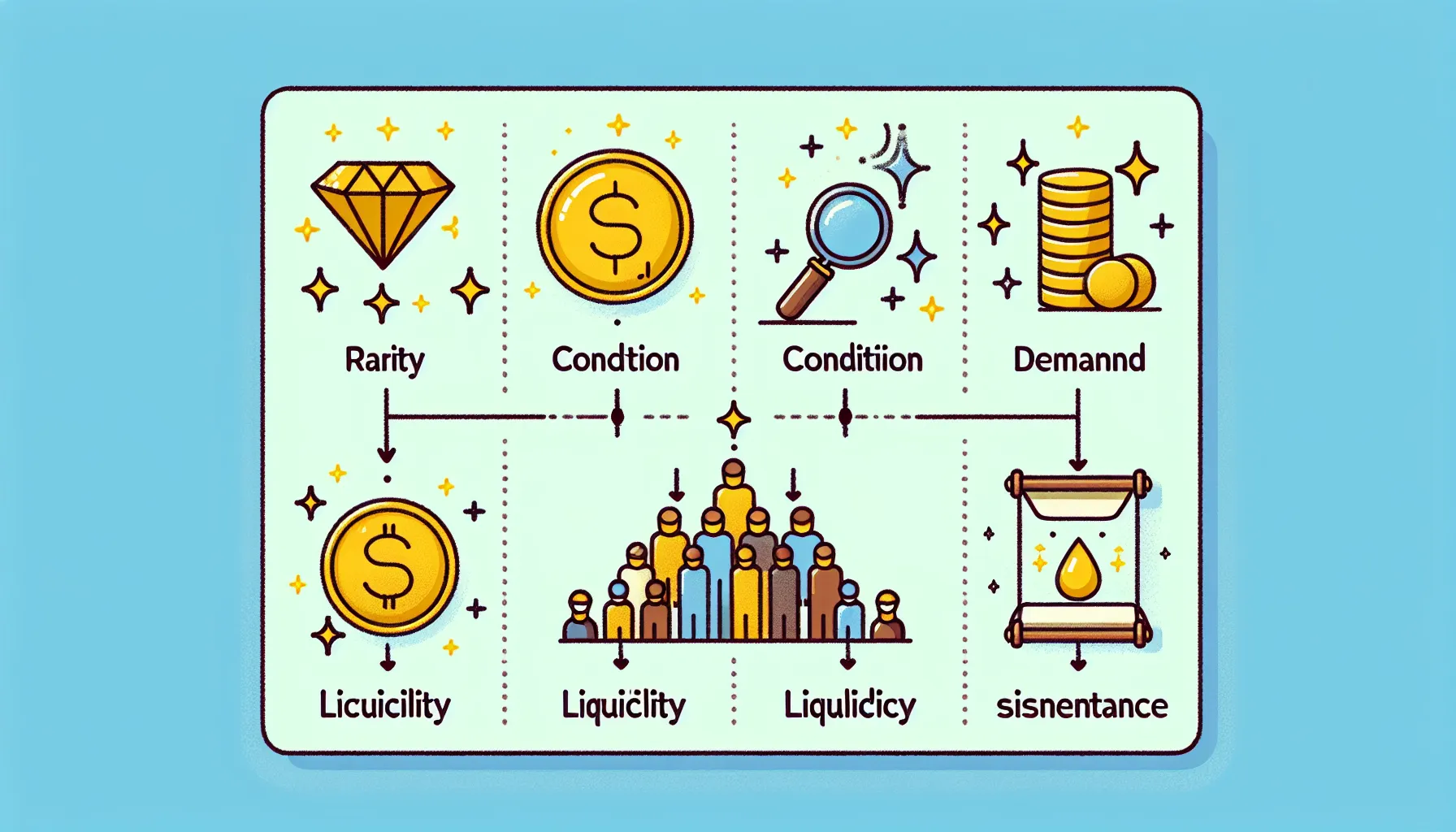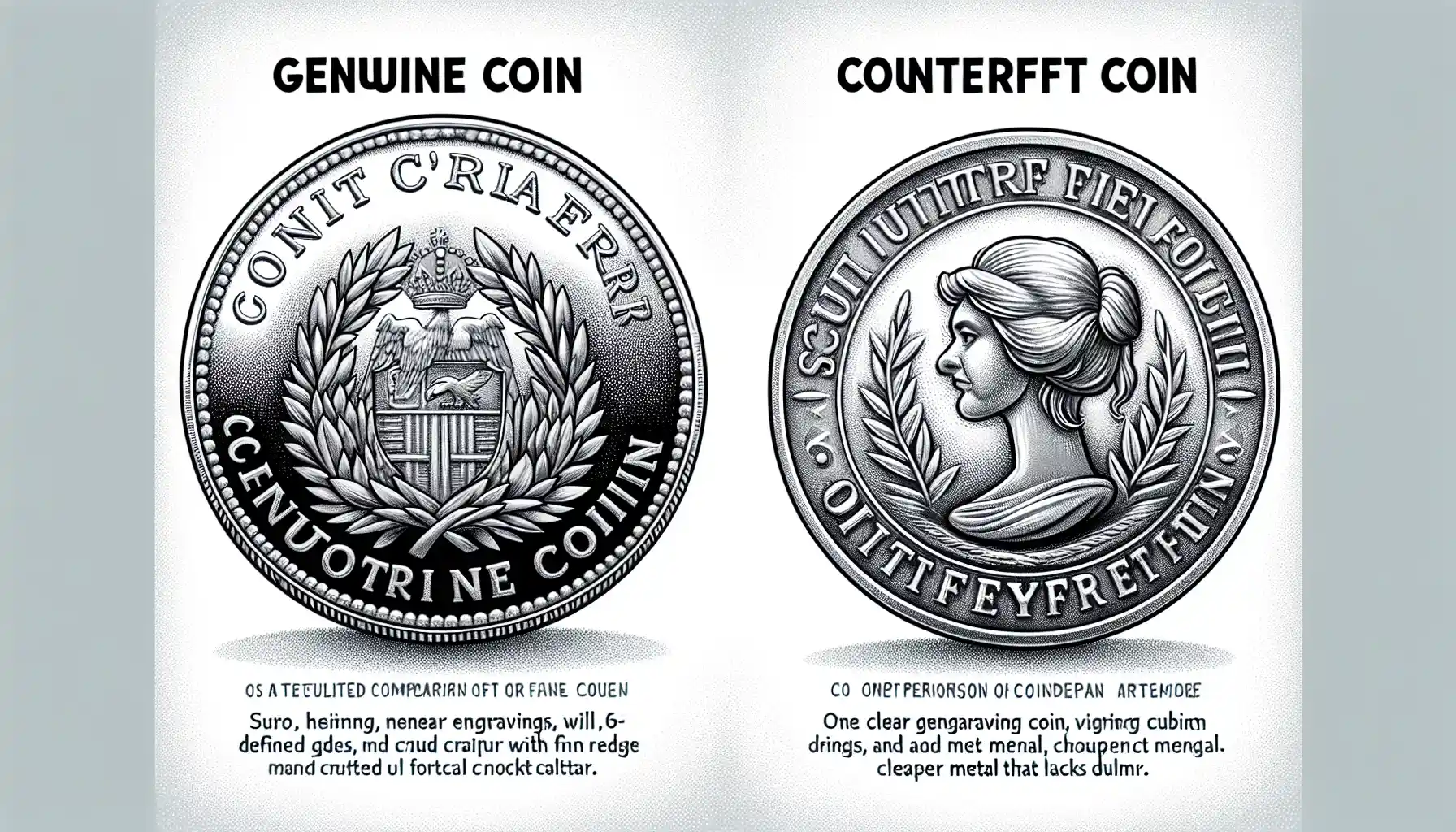Introduction to the World of Rare Coin Collecting
The Allure of Timeless Treasures
Imagine holding a piece of history in the palm of your hand—coins that have traveled through centuries, whispers of forgotten empires and untold stories etched into their surfaces. Rare coins are more than just metal; they’re tiny, tangible portals to the past.
Take, for example, the legendary
1909-S V.D.B. Lincoln Cent. This unassuming penny caused a sensation among collectors due to its short production run and the bold initials of its designer, Victor David Brenner, on the reverse. It’s not just a coin—it’s a rebellion against time itself, preserving an era when America was brimming with optimism.
Or consider the breathtaking
Flowing Hair Silver Dollar (1794), the very first dollar minted by the U.S. government. Its design is pure poetry: Lady Liberty’s flowing hair symbolizes freedom, while the eagle on the reverse embodies strength.
- Ever heard of the 1933 Saint-Gaudens Double Eagle? Dubbed the “Mona Lisa” of coins, it’s illegal to own, yet one managed to sell for over $7 million.
- The 1913 Liberty Head Nickel: only five were minted, and their whereabouts remain a tantalizing mystery.
Every rare coin has its quirks, its drama, its moment in history. Isn’t it thrilling to think about what stories your collection could tell?
Criteria for Determining a Coin’s Rarity and Value
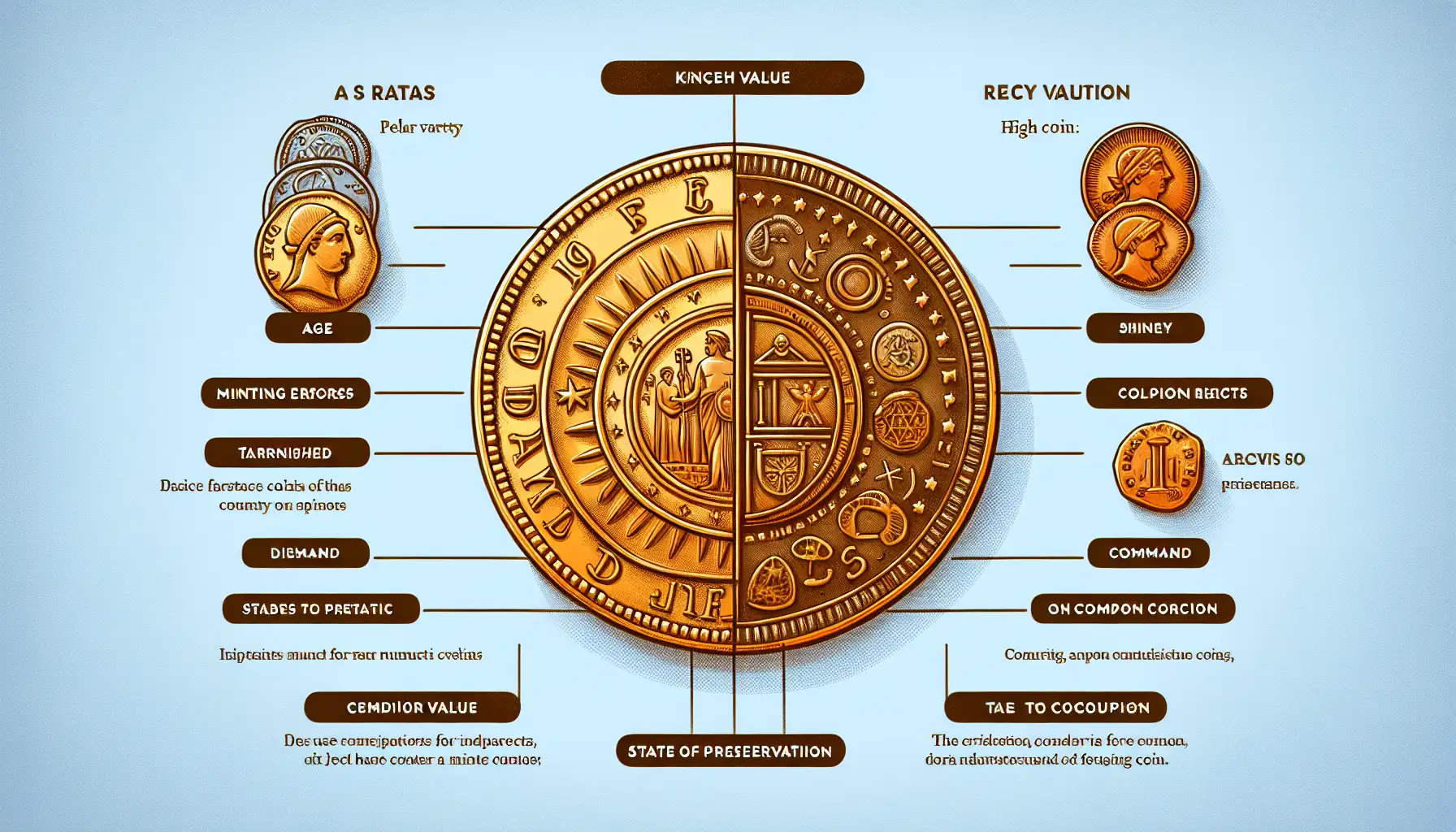
What Makes a Coin Truly Rare?
Picture this: you're holding a coin that feels like it's whispering stories of centuries past. What gives it such allure? Well, rarity is never an accident—it’s a mix of history, survival, and demand.
First, there’s the question of **mintage**. Coins with low production numbers are already rare by design. Think of the 1913 Liberty Head Nickel—only five exist! But rarity doesn't stop there. Coins that were once mass-produced can become scarce if most were melted down or lost to time.
Then, there’s the condition. A pristine coin untouched by the wear and tear of history? That’s a gem. Collectors drool over coins with minimal blemishes, graded as MS-65 or higher.
Finally, let’s talk desirability. Some coins capture imaginations because of their backstories—like the enigmatic 1933 Double Eagle. Others, like error coins, owe their fame to quirks in minting.
- Mintage numbers: How many were made?
- Survival rate: How many survived wars, melting pots, and time?
- Condition: Is it flawless or battered?
Every rare coin has a unique recipe for its value. What's your treasure waiting to be found?
The Most Coveted Rare Coins in History
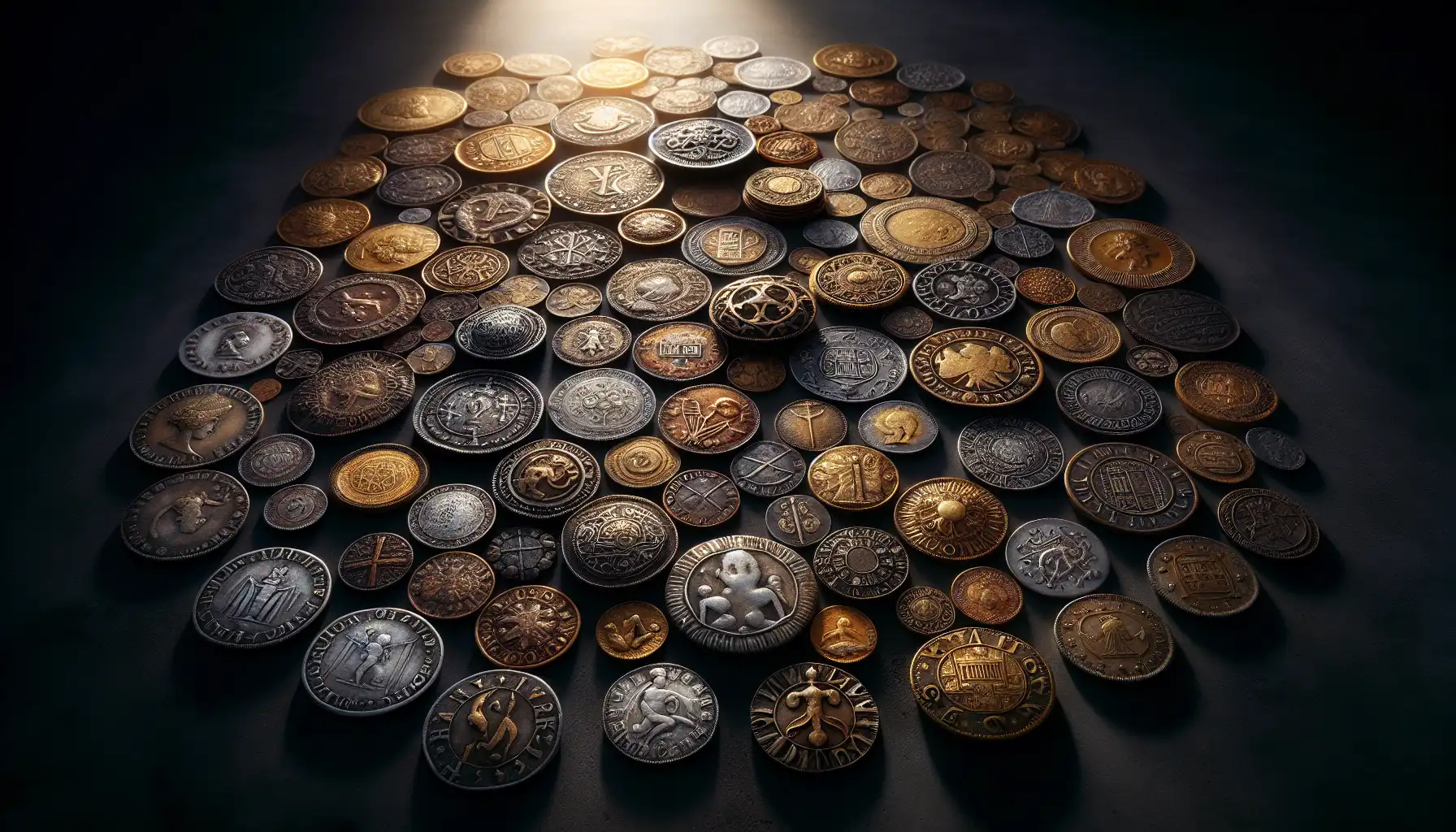
The Elusive Appeal of the 1933 Double Eagle
Imagine holding a piece of history so rare, it’s illegal for most people to even own. That’s the mystique surrounding the
1933 Double Eagle. This coin isn’t just rare—it’s forbidden fruit for collectors. Struck in the heart of the Great Depression, these $20 gold coins were never officially circulated. Instead, they were ordered to be melted down as the U.S. abandoned the gold standard.
But here’s the twist: a few of these shimmering beauties escaped destruction. They’re like whispers from another era, daring to defy their fate. One of these coins sold at auction for a jaw-dropping
$18.9 million in 2021. Can you imagine the heartbeat-skipping thrill of bidding on something that priceless?
What makes it even more fascinating is the aura of secrecy around it. A handful of these coins were recovered over the years, each with its own cloak-and-dagger tale. For collectors, the 1933 Double Eagle isn’t just a coin; it’s a treasure wrapped in intrigue, a relic of economic chaos turned into an object of desire. Wouldn’t you want to own such a story?
Tips for Aspiring Coin Collectors to Acquire Rare Coins
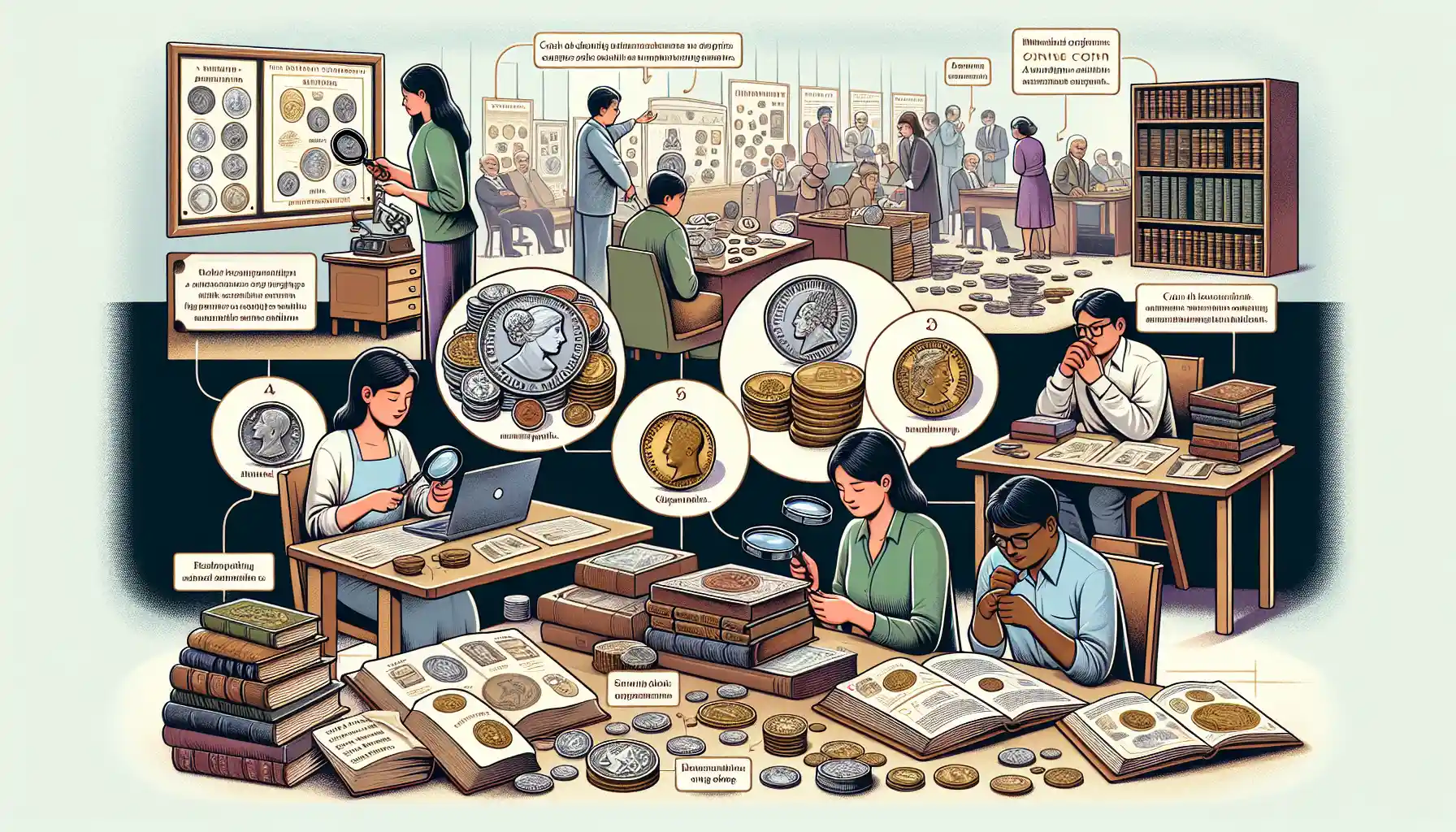
Unlocking the Secrets of Rare Coin Hunting
Embarking on the journey to acquire
rare coins is like stepping into a time machine, where every coin holds a story waiting to be discovered. But how do you, as an aspiring collector, unearth these hidden treasures? It’s not just about luck; it’s about strategy and passion.
First, immerse yourself in research. Knowledge is your best currency. Dive into books, forums, and attend auctions to learn about coins like the elusive
1913 Liberty Head Nickel or the mysterious
1943 Copper Penny. These aren't just pieces of metal—they’re legends with their own tales to tell.
Second, connect with seasoned collectors. Their insights are invaluable, and they might just share tips about secret dealers or under-the-radar markets.
Here’s a quick list to kickstart your hunt:
- Check estate sales for overlooked gems.
- Explore coin conventions for rare finds.
- Build relationships with trusted coin dealers.
Remember, each coin you hold isn’t just an object—it’s a bridge to history, a piece of art, and a legacy waiting to be cherished.
Conclusion: The Timeless Appeal of Rare Coins
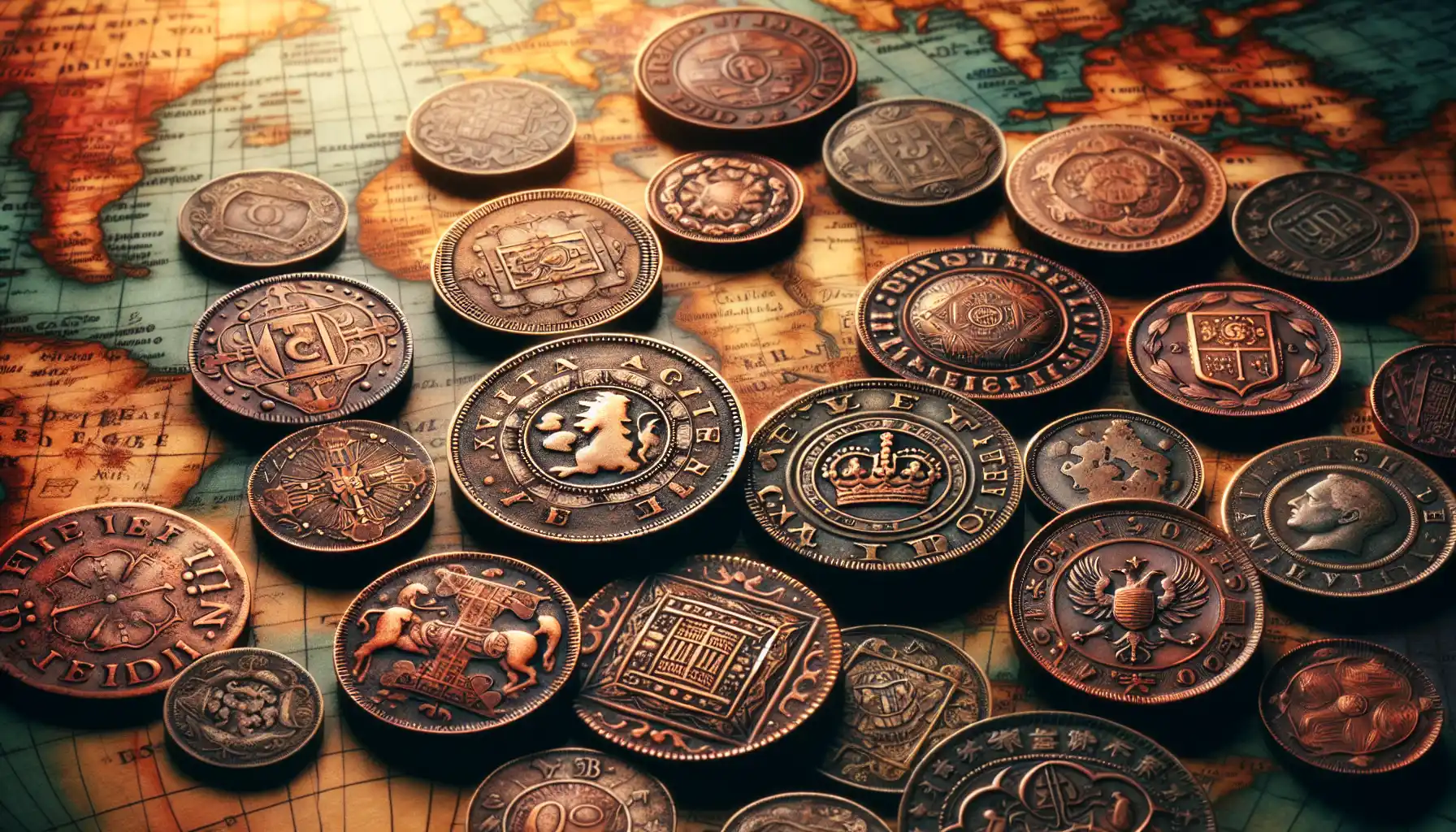
A Glimpse into History Through Rare Coins
Imagine holding a piece of history in your hands, a tangible link to an era long gone. That’s the magic of rare coins—they’re not just collectibles; they’re storytellers. Take, for example, the elusive
1804 Silver Dollar, often called the “King of American Coins.” It wasn’t even minted in 1804, but its rarity and intrigue make it the crown jewel for collectors worldwide.
What’s fascinating is how each coin carries whispers of its journey. The
Double Eagle 1933, for instance, isn’t just rare—it’s practically mythical. With most melted down during the Great Depression, owning one feels like uncovering buried treasure.
- Unique minting errors that turn ordinary coins into prized possessions.
- Historical significance, like coins from ancient empires or wartime economies.
But these aren’t just artifacts—they spark emotions. Picture yourself unwrapping a coin you’ve hunted for years, your heart racing as you trace its intricate designs. Collecting rare coins is more than a hobby; it’s a journey through time, filled with wonder and discovery.







